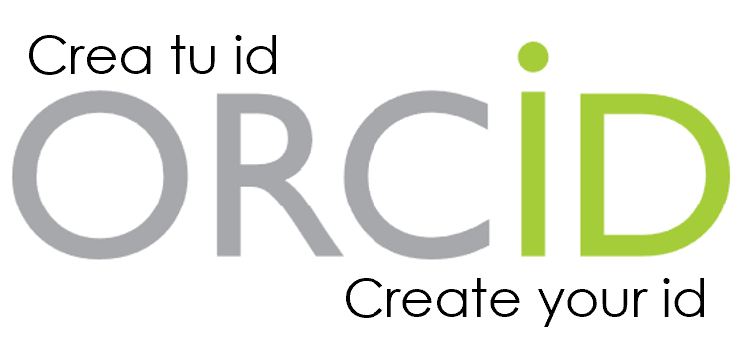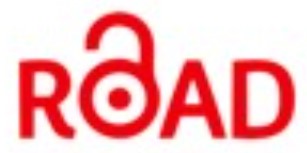Submissions
Submission Preparation Checklist
As part of the submission process, authors are required to check off their submission's compliance with all of the following items, and submissions may be returned to authors that do not adhere to these guidelines.- The submission has not been published in or submitted to other outlets ( or a proper explanation has been otherwise included in the Comments to the Editor).
- The submission complies with all stylistic and bibliographic requirements as shown in this format sample.
-
Make sure the submission includes the document listed as Declaration of Originality and Authorship.
Scientific Research Original Papers
These documents present, in detail, the original research results. The organization used will generally include the following sections: Introduction, Materials and Methods, Results, and Discussion.
Case Study Papers
These documents present, in detail, the results observed in a particular case. The structure will generally include the following sections: Introduction, Materials and Methods, Results, and Discussion. Papers in this category will not have restrictions regarding bibliographic updates.
Technical Notes Papers
These documents are primarily focused on the presentation and discussion of relevant works, projects, regulatory aspects, and other topics. In this case, the sections may focus on the Introduction and Discussion. Papers in this category will not be subject to restrictions regarding bibliographic updates.
Review Papers
These documents present results published in research articles, offering an organized and critical assessment and outlining current developments and trends. They must include a thorough and comprehensive literature review of more than 50 references. For this type of work, a maximum of 18 pages is acceptable, and the sections may focus on: Introduction, Discussion, and Conclusions.
Copyright Notice
This journal provides open access to its content, based on the principle that offering the public free access to research contributes to greater global exchange of knowledge. On the other hand, the Creative Commons license used is Attribution - Non-Commercial - Share Alike (by-nc-sa), which does not allow commercial use of the original work or possible derivative works. Furthermore, the distribution of these derivative works must be done with a license equal to that governing the original work.
Privacy Statement
Our journal, aware of the importance of safeguarding and protecting the information of all its users, certifies that the names, email addresses and other personal data provided to our editorial management platform or provided through the different communication channels, will be used exclusively for the purposes set out therein and, therefore, will not be provided to third parties or for use for other purposes.









